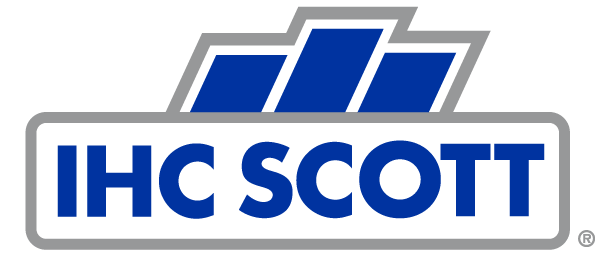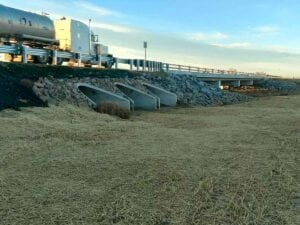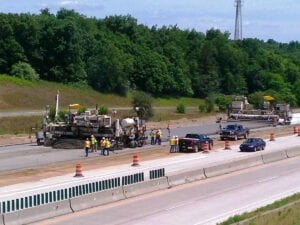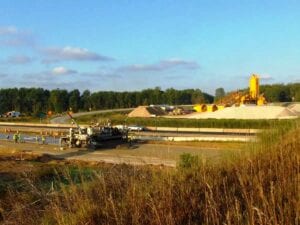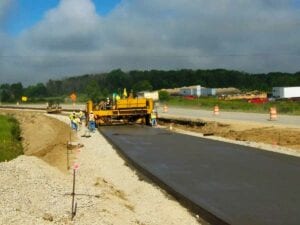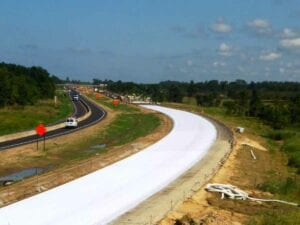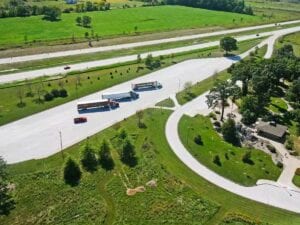I-69 Reconstruction, Michigan
- Owner: Michigan Department of Transportation
- Location: St. Clair County, MI
- Completion Date: 1 Sep 2010
- Awards: Divided Highways (Rural) Award, 2010 MCA
- Core Competencies: Alternative Delivery|Concrete Paving|Heavy Civil|Industries|Services
Related Projects
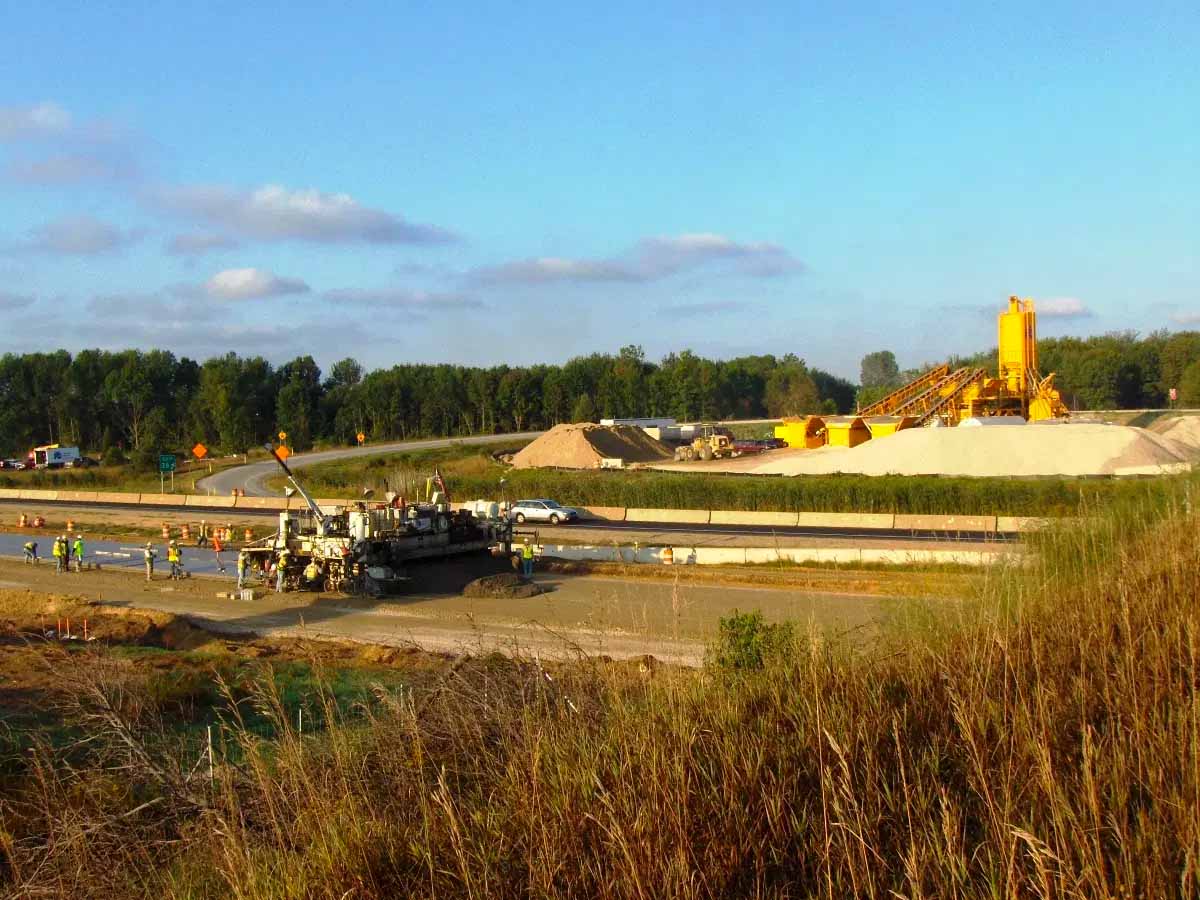
Michigan Department of Transportation’s (MDOT) first ever Design/Build/Finance (D-B-F) project served as a pilot to evaluate the potential benefits of D-B-F as a delivery system. An important MDOT objective was to determine if D-B-F could be used to accelerate the construction of key projects when traditional funding was not available. The Design-Builder was required to procure financing to complete the $38 million project. Repayment was scheduled to begin at project acceptance and quarterly thereafter, on a percentage of contract basis. MDOT accepted offers of either PCC or bituminous pavement alternatives, providing a calculated life-cycle cost adjustment to be added to an asphalt bid. No bids were received using the asphalt alternative.
The project scope included design and reconstruction of 6.01 miles of the four lane divided I-69 freeway, easterly from the St. Clair/Lapeer County line to Miller Road, removal and replacement of existing pavement with 10” non-reinforced Portland cement concrete pavement (PCCP), grading, drainage, preventive maintenance on 5 bridges, overlaying a rest area, maintenance crossovers, signing and landscaping
MDOT furnished design parameters, but final design was the Contractor’s responsibility. Instead of the usual lane rental provision for ramp closure, IHC built concrete paved temporary ramps, thus eliminating the closing of highway access, while allowing full-width construction. The existing concrete pavement was removed and crushed on-site to provide base for the new concrete shoulders and the temporary ramps. This recycling process maximized the use of materials and minimized the trucking of disposal and hauling new virgin materials to the project site.
MDOT also approved IHC’s submitted proposal to pave the temporary and permanent crossovers with concrete, while another important design change replaced the usual asphalt overlay for the Rest Area with PCCP white topping. In addition to being MDOT’s first ever rest area white topping, this gave the project the distinction of being 100% constructed in concrete.
